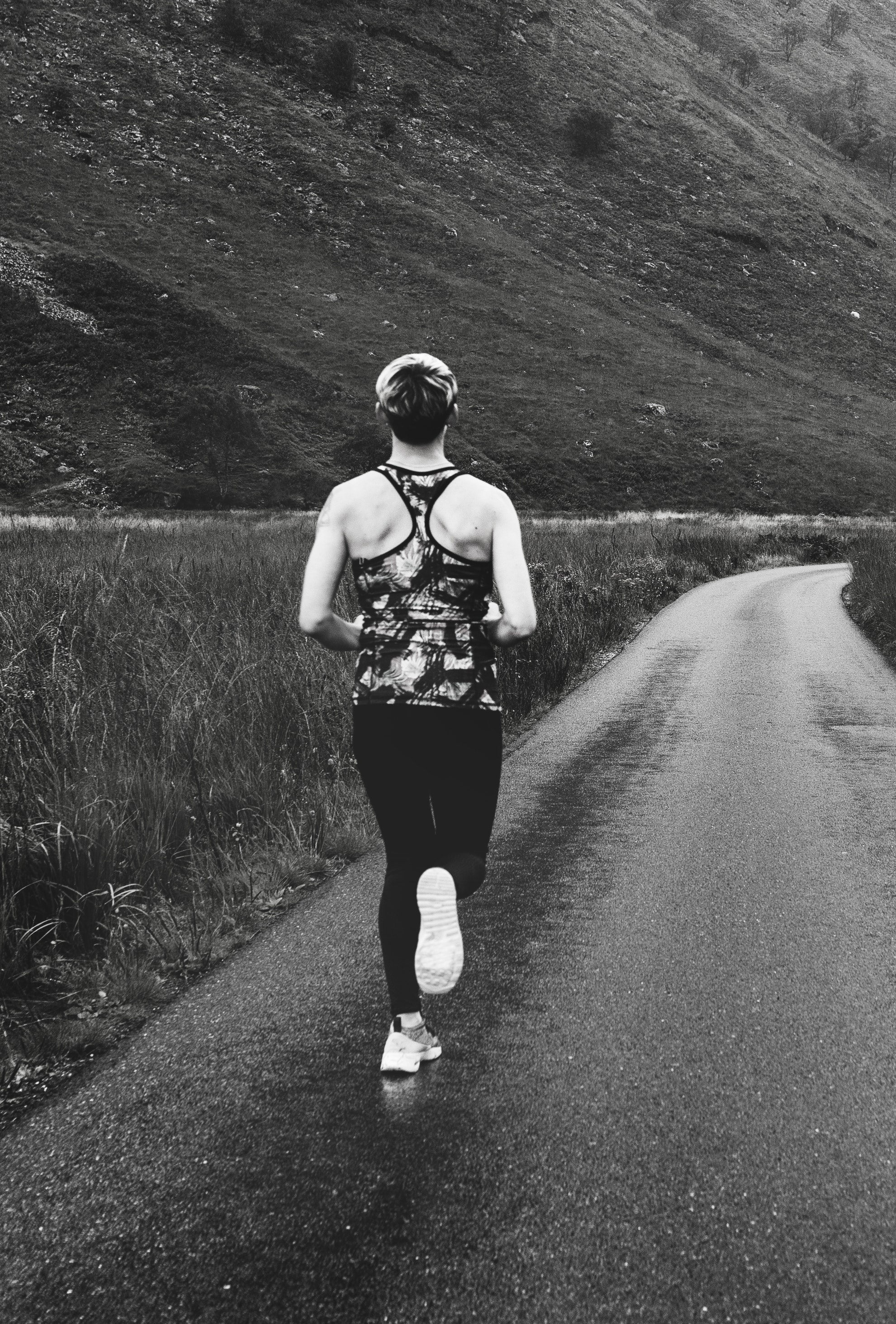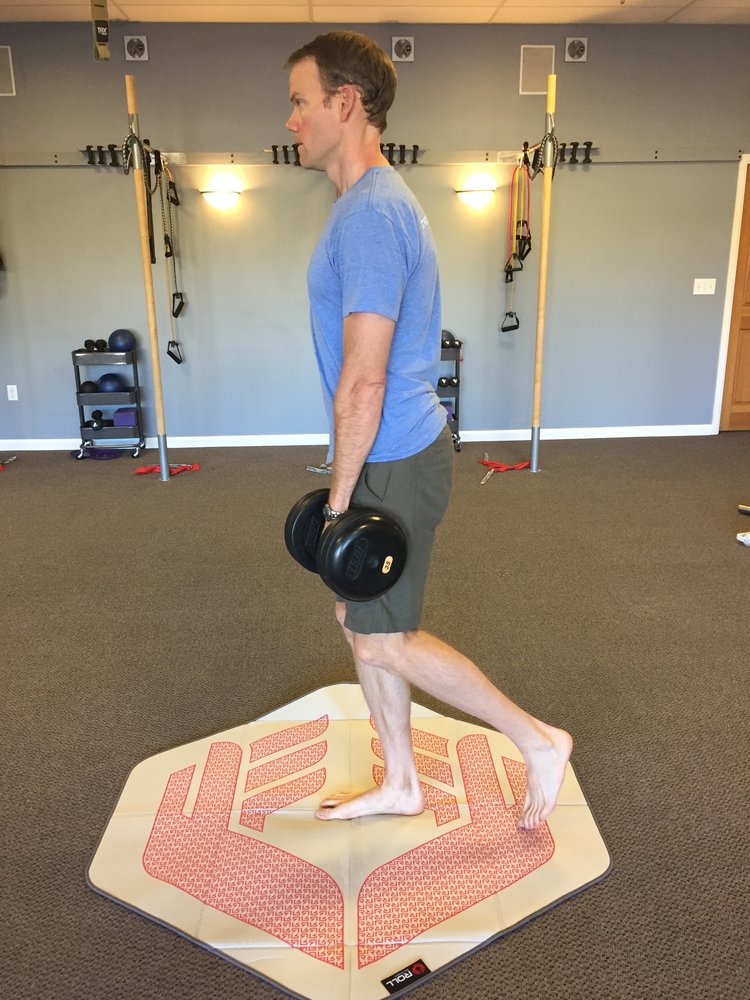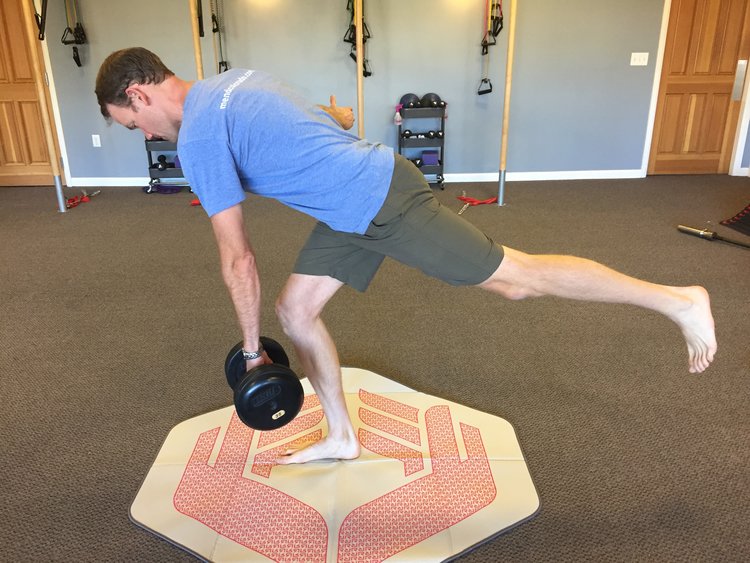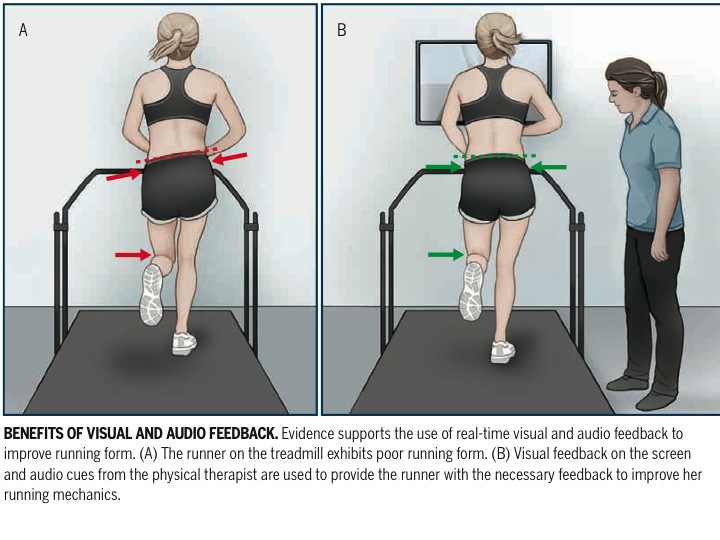Running is one of the most popular forms of exercise due to its’ accessibility, low equipment cost, and health benefits. As running popularity continues to grow, unfortunately so do the number of runners who miss a training session or competition due to injury. These runners are not alone; as research has reported up to 90% of runners have experienced an injury over their running career. Without treatment many of these injuries can progress to persistent issues leading to lost training time. Below is a list of our Boulder Physical Therapy practice’s top 5 tips to reduce the injury risk associated with running.
LIft Something Heavy
There is no more powerful tool to reduce a runner’s risk of injury than strength training. Recent research shows a 1/3 to 1/2 reduction in risk among runners who complete both strength and endurance workouts each week compared endurance training alone. Despite running dozens of hours per week, many runners are hesitant to incorporate strength-training exercises into their training programs. These athletes often cite time constraints, lack of knowledge, and risk of injury among their concerns or barriers to exercise. Runners who take the time to perform a weekly strength training program not only lower their risk of future injury, but also improve their running economy. Runner’s who incorporate strength training are able to sustain a given pace at a lower percentage of their VO2 max (maximum oxygen utilization rate) than their untrained peers. Improved running economy leaves more room in the tank for training or a sustained, near max effort during the final kick in an upcoming race.
Check Your Form
Running is one of the few sports where you can participate as an adult without formal training or skill acquisition, but form can make or break a runner’s health. In our Boulder Physical Therapy Practice, gait retraining is an effective intervention to reduce the abnormal forces which precipitate or perpetuate many overuse running injuries. Athletes are videotaped and analyzed by Physical Therapists for bio-mechanical faults including alignment, stride length, step rate, and running technique. The athlete is then given real time feedback to correct the faults associated with their respective injury. In the example above, the athlete demonstrates improved pelvic stability and knee control using the real time visual and/or auditory feedback. Gait retraining treatments are gaining momentum in the scientific literature with more studies demonstrating their effectiveness across multiple running injuries. Runners are advised to work with a local physical therapist or running coach to optimize their running form.
Choose Shoes Based On Comfort
In our previous posts on running shoes we have described the limitations of orthotics and shoe wear to alter foot, ankle, or knee mechanics during walking or running gait. Despite the hype and claims, shoes have been unable to significantly improve running mechanics compared to proximal interventions including hip strengthening and gait retraining by a Physical Therapist. The take home message from many large studies is runners have an inherent feel for the right shoe. When allowed to pick their own shoe based on comfort these runners have less injuries compared to runners who were given a shoe based off of their static or dynamic foot and leg postures during standing, walking, or running.
Expensive Insoles or Orthotics Are Not Necessary
The use of foot orthotics are commonly prescribed for many lower quarter conditions including running injuries, foot and ankle pain, and even low back pain. As we have described in our previous posts off the shelf orthotics perform as well as more expensive custom orthotics, but overall their impact on many conditions and leg alignment is limited. When compared to more active approaches including Physical Therapy and exercise, orthotics fall short of manufacturer and clinician promises of pain relief and improved function. In addition, foot muscle atrophy and weakness often result from an athlete’s over reliance on orthotics.
Keep A Training Log
One last factor to consider in any running program involves the documentation of your weekly training volume including distance, speed, terrain, days per week, and concurrent workouts. Training errors, especially among runners with a history of injury, are common but can be avoided by not increasing your mileage above and beyond your body’s ability to adapt to your workouts. Allow your body’s tissues to adapt to the demands of exercise by becoming stronger, more resilient, and less likely to sustain an injury over time.




